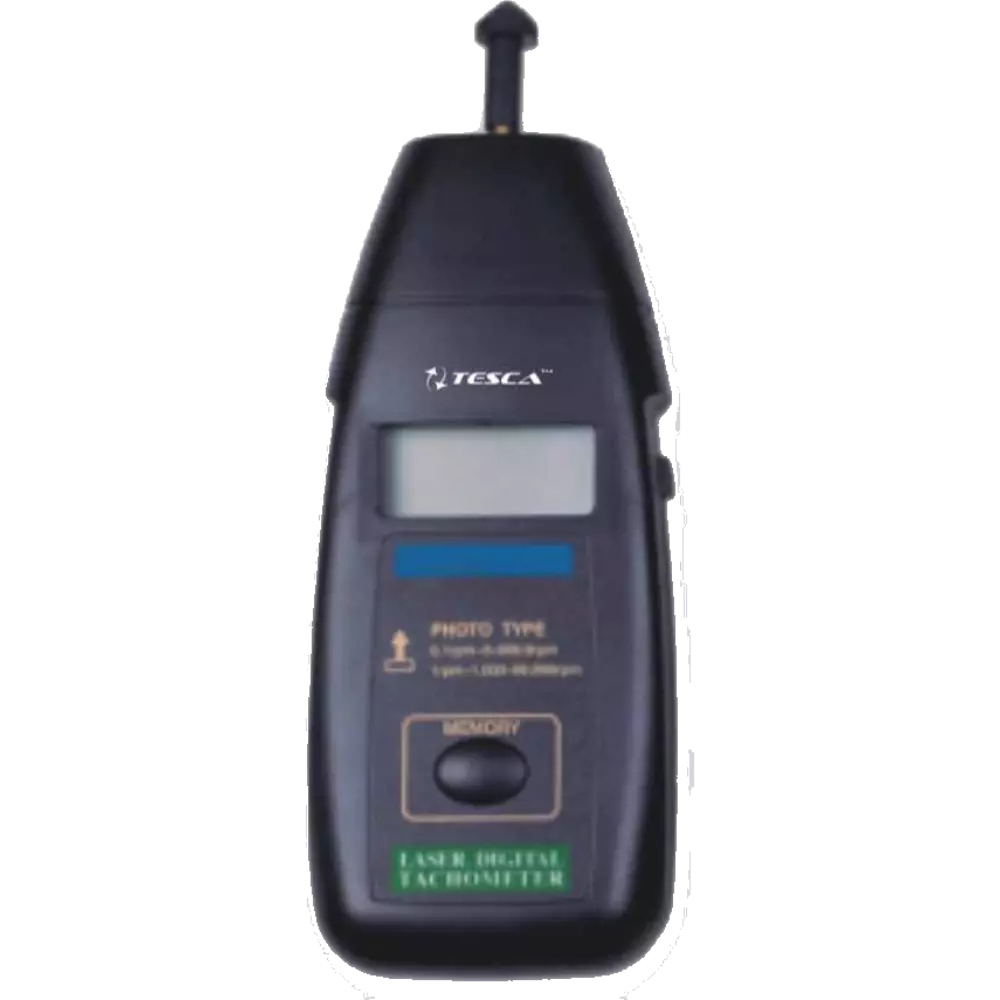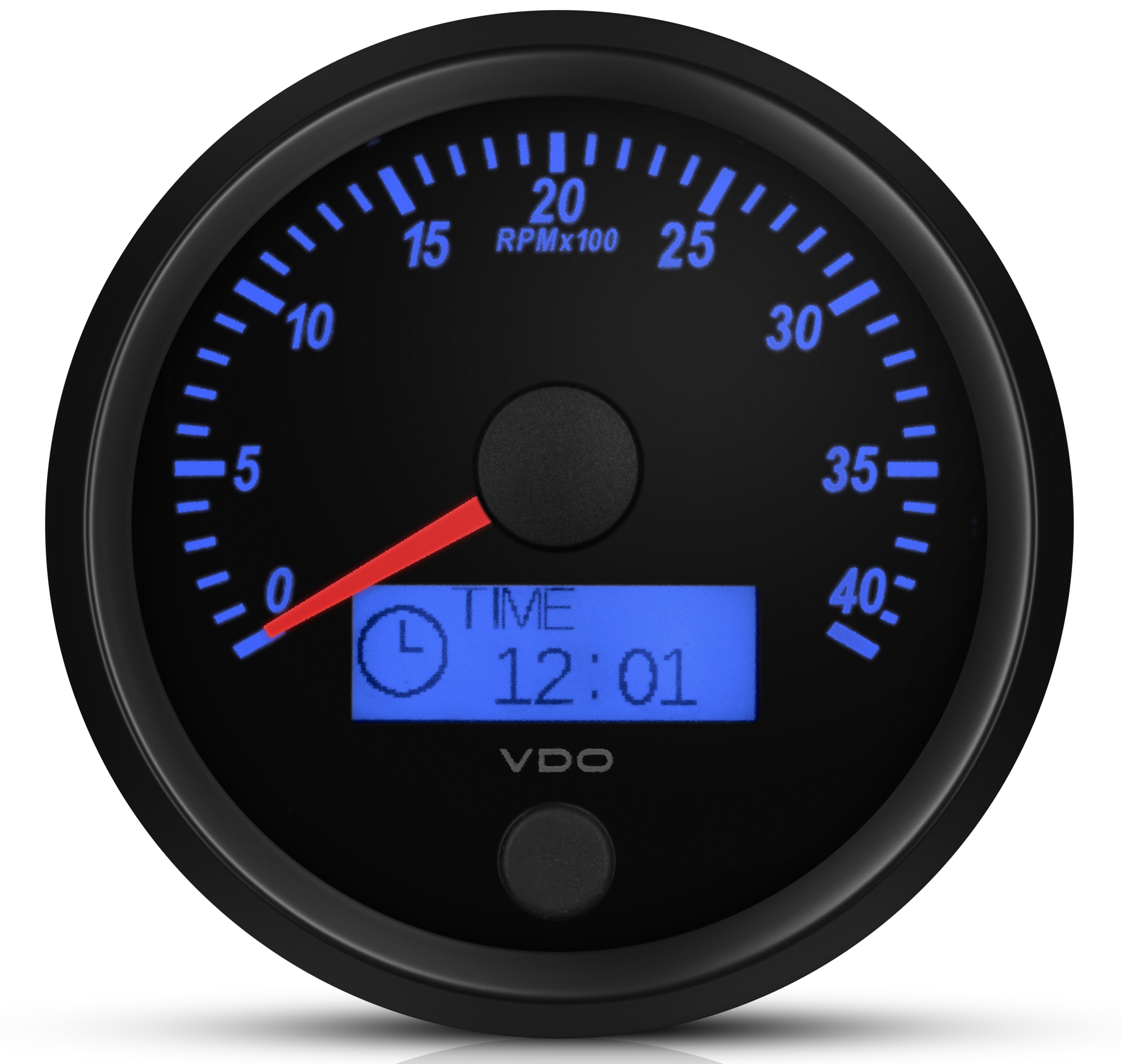Just How a Tachometer Helps Screen Engine Health and Performance
Just How a Tachometer Helps Screen Engine Health and Performance
Blog Article
The Relevance of a Tachometer in Keeping Track Of Engine Rate and Performance in Automotive Applications
In the world of automobile design, the tachometer stands as an essential tool in the chauffeur's collection, offering a straight window right into the inner functions of a lorry's engine. Beyond its feature as a simple gauge of changes per minute (RPM), the tachometer functions as an essential device for fanatics and experts alike, providing real-time understandings into engine performance and wellness. Understanding the importance of this tool surpasses surface-level monitorings, diving into the elaborate connection in between engine rate, power output, and general driving experience. As we discover the multifaceted role of the tachometer in vehicle applications, a much deeper appreciation for its effect on automobile characteristics and efficiency begins to emerge.
Importance of Checking Engine RPM
Keeping track of engine RPM, or transformations per min, is an important facet of vehicle upkeep and performance analysis. Engine RPM straight correlates with the rate at which the engine's crankshaft revolves, showing just how swiftly the engine is running - tachometer. By keeping an eye on RPM, auto mechanics can examine the health and wellness of the engine, discover potential issues, and fine-tune performance. An unusual RPM reading might indicate issues such as engine misfires, damaged ignition system, or concerns with the fuel delivery system. Consistently high RPM analyses might suggest aggressive driving behaviors or the demand for a greater gear change to enhance fuel performance.
Furthermore, checking engine RPM is necessary for performance assessment in racing and high-performance lorries. Preserving ideal RPM degrees is vital for achieving peak power outcome and acceleration. Racers commonly use tachometers to guarantee they are operating within the suitable RPM range for maximum efficiency. In summary, checking engine RPM is not only crucial for spotting concerns but likewise for optimizing engine efficiency in various vehicle applications.

Advantages of Real-Time Information
In auto applications, real-time information plays an essential function in supplying immediate understandings right into the efficiency and condition of the automobile. By continually checking numerous criteria such as engine rate, temperature level, gas intake, and extra, real-time data uses countless advantages that contribute to improved efficiency and safety when traveling.
One considerable benefit of real-time information is its ability to alert chauffeurs and specialists to any type of anomalies or issues promptly. This aggressive click here for more info method allows quick recognition of possible issues, enabling for timely treatments to avoid further damage or failures. In addition, real-time data helps with efficiency optimization by supplying instant feedback on driving behaviors and engine performance. Drivers can readjust their habits in real-time based on this details to achieve better gas economic situation and extend the life expectancy of their car.

Additionally, real-time data plays a crucial role in contemporary automotive diagnostics, allowing technicians to swiftly diagnose and resolve breakdowns. This leads to decreased downtime, reduced maintenance expenses, and inevitably, boosted overall lorry reliability and durability (tachometer). By harnessing the power of real-time data, vehicle stakeholders can make enlightened decisions that positively influence both the efficiency and longevity of the car
Influence On Equipment Shifts
The tachometer plays a vital role in optimizing gear shifts by offering real-time engine rate data to the driver. When approaching the redline on the tachometer, it signifies the chauffeur to upshift to avoid over-revving the engine and triggering potential damages.
Additionally, the tachometer help in accomplishing smoother gear transitions, particularly in hand-operated transmissions. By checking engine rate, chauffeurs can carry out gear shifts at the optimal RPM array, lowering snagging movements and minimizing endure the transmission elements. check these guys out This precision in equipment adjustments not only enhances driving convenience but additionally contributes to sustain performance.
Enhancing Fuel Efficiency
Offered the vital function the tachometer plays in maximizing gear changes for efficiency and engine health, it straight adds to taking full advantage of fuel performance in vehicle applications. By offering real-time responses on engine speed, the tachometer assists motorists in maintaining one of the most effective RPM range for gas economy. When vehicle drivers regularly monitor the tachometer and change their motoring routines as necessary, they can prevent unnecessary gas intake triggered by over-revving or hauling the engine.
Additionally, the tachometer aids chauffeurs determine the most fuel-efficient gear to be in at any type of given moment, protecting against the engine from functioning more challenging than necessary. In verdict, the tachometer offers as a beneficial device in boosting fuel performance by advertising optimum driving habits and identifying areas for improvement in the vehicle's performance.

Making The Most Of Engine Longevity
The tachometer's role in keeping an eye on engine speed and efficiency is instrumental in making certain the durability of automotive engines. Keeping an eye on the tachometer allows motorists to remain within the suggested RPM range for their automobile, preventing unnecessary go to my site pressure on the engine and extending its life expectancy.

Verdict
In final thought, the tachometer plays a critical function in monitoring engine speed and efficiency in automotive applications. By offering real-time information on RPM, it permits efficient equipment shifts, enhanced gas efficiency, and made best use of engine long life. This tool is important for maintaining ideal engine efficiency and making sure the total functionality of an automobile.
Report this page